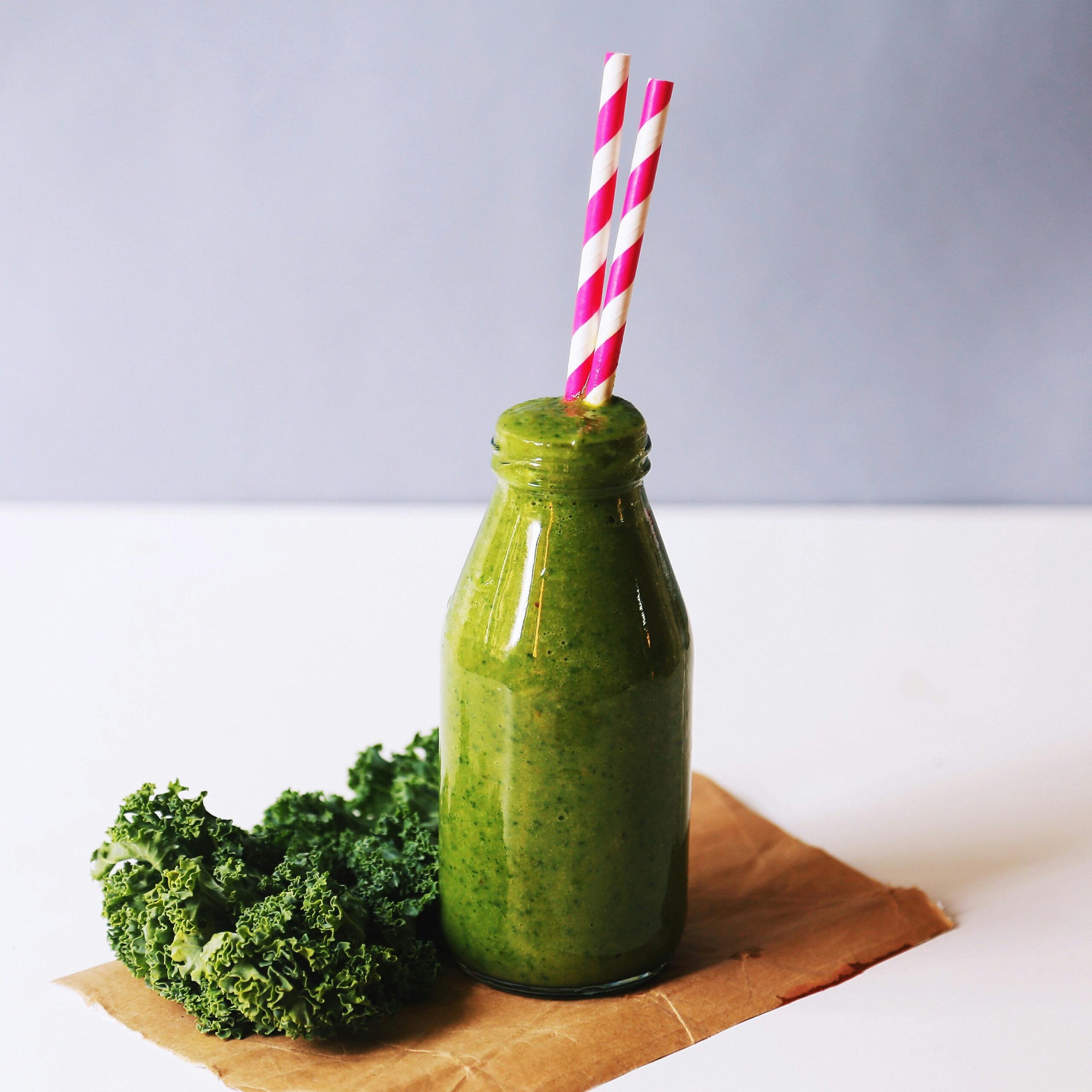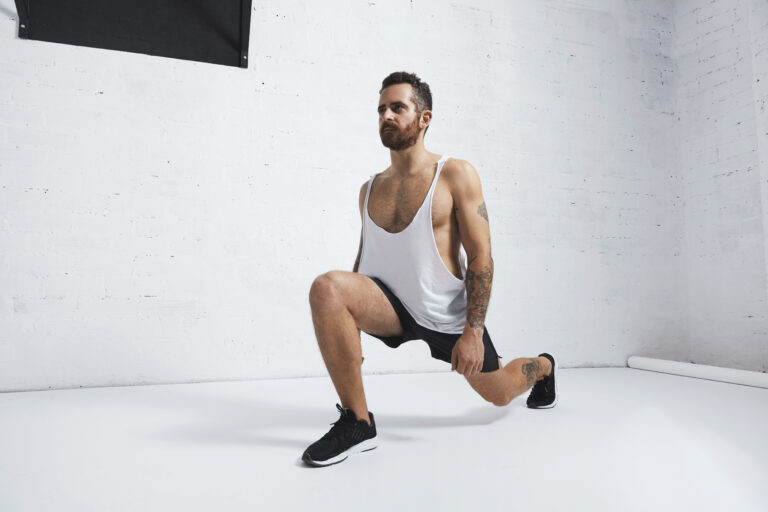The Best Recovery Tips for Beginners Doing Home Workouts
Starting your fitness journey at home has never been easier. You don’t need an expensive gym membership or fancy equipment to begin transforming your body. In fact, many beginners find that a Home Workout Plan for Beginners offers more freedom, flexibility, and long-term consistency than traditional workouts.
But here’s the thing—rest and recovery are just as important as the workouts themselves. If you’re sore, tired, or unmotivated after just a few sessions, it might not be the workout that’s the problem—it could be your recovery routine.
Whether you’re following a Sample Weekly Workout Schedule or just trying to start working out at home with zero equipment, learning how to recover properly will boost your energy, prevent injury, and make your workouts more effective.
Why Recovery Matters When You Start Working Out at Home
Recovery isn’t just about lying on the couch or taking a nap. It’s an active process that helps your muscles rebuild stronger and your body adapt to new challenges. Especially when you start working out at home with zero equipment, your body relies heavily on correct form, muscle activation, and progression—and all of these improve with proper recovery.
Skipping recovery can lead to burnout, fatigue, soreness, and loss of motivation. So whether you’re doing push-ups in your living room or squats in your backyard, knowing how to recover is what separates long-term success from quick burnout.
7 Recovery Tips Every Beginner Should Follow
1. Prioritize Sleep
Sleep is the most powerful recovery tool you have. When you sleep, your muscles repair, your nervous system resets, and your energy is restored. Aim for 7–9 hours of quality sleep each night. For those following a structured Home Workout Plan for Beginners, sleep becomes even more essential to support muscle growth and performance.
2. Hydrate Like a Pro
When you sweat—even during short bodyweight workouts—you lose water and electrolytes. Rehydration helps your muscles function properly and reduces post-workout soreness. Drink water throughout the day and include a pinch of sea salt or a hydration tablet if you sweat heavily.
3. Stretch and Foam Roll
Cool-downs aren’t optional. After each workout, spend 5–10 minutes doing static stretches or foam rolling to reduce tension and improve blood flow. This keeps your muscles flexible and lowers your risk of injury—especially during Rest Days and Recovery sessions built into your Sample Weekly Workout Schedule.
4. Balance Your Nutrition
Your body needs protein to repair muscles and carbs to restore energy. After each workout, eat a balanced meal or snack with lean protein (like eggs, chicken, or tofu) and a healthy carb (like oats or sweet potatoes). This tip becomes even more important as your Home Workout Plan for Beginners becomes more consistent.
5. Don’t Skip Your Rest Days
Beginners often think they need to work out every day to see results. But that can lead to fatigue and plateaus. Rest Days and Recovery are part of your progress, not a break from it. A good beginner program includes at least 1–2 full rest days per week, plus active recovery options like walking or yoga.
6. Listen to Your Body
Muscle soreness is normal at first, but sharp pain, fatigue, or low motivation are signs you may be pushing too hard. Adjust your workouts based on how you feel. Your Sample Weekly Workout Schedule should leave you feeling energized—not drained.
7. Stick With a Routine
Recovery is easiest when you follow a plan. That’s why starting with a Home Workout Plan for Beginners is so helpful. Having a structured schedule makes it easier to build rest and recovery into your week, rather than treating them as afterthoughts.
Best Recovery Activities on Your Rest Days
Rest doesn’t mean inactivity. Here are a few beginner-friendly ways to stay active and support recovery:
- Light stretching or yoga: Improves flexibility and lowers stress.
- Walking outdoors: Gets your blood flowing without overworking your muscles.
- Breathwork or meditation: Helps with mental recovery and improves focus.
- Cold showers: Can reduce inflammation and leave you feeling refreshed.
All of these options support your body between workouts and help you stay consistent long-term.
Bonus Tip – Build a Weekly Routine with Built-In Recovery
Want to see real progress without burnout? Use this simple Sample Weekly Workout Schedule:
| Day | Focus | Type |
| Monday | Full Body Workout | Squats, Push-Ups, Planks |
| Tuesday | Core Training | Crunches, Leg Raises, Planks |
| Wednesday | Active Recovery | Yoga or Walk |
| Thursday | Lower Body Strength | Glute Bridges, Lunges |
| Friday | Upper Body & Cardio | Shoulder Taps, Burpees |
| Saturday | Full Body HIIT | Squat Jumps, Mountain Climbers |
| Sunday | Full Rest | Stretch, Hydrate, Sleep |
This schedule offers a good mix of work and recovery so you don’t overtrain.
Conclusion: Take Care of Your Body to Go Further
When you’re just starting out, it’s easy to get excited and go full speed ahead. But long-term success depends on your ability to recover just as much as your ability to train. Your body needs rest to grow stronger, your mind needs space to stay motivated, and your results depend on building a smart, sustainable routine.
Whether you’re following a Home Workout Plan for Beginners or just testing a few bodyweight exercises on your own, remember this: rest is productive.
For more guidance on how to fuel your recovery, don’t miss our essential nutrition guide:
👉 What Should I Eat Before and After a Home Workout?







